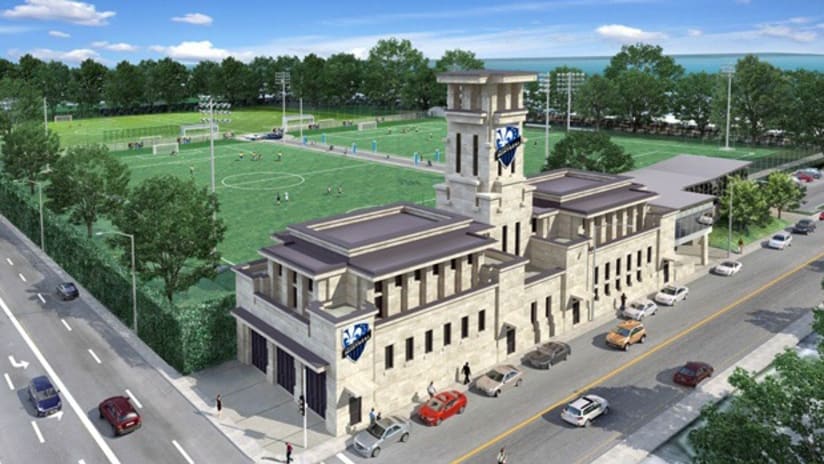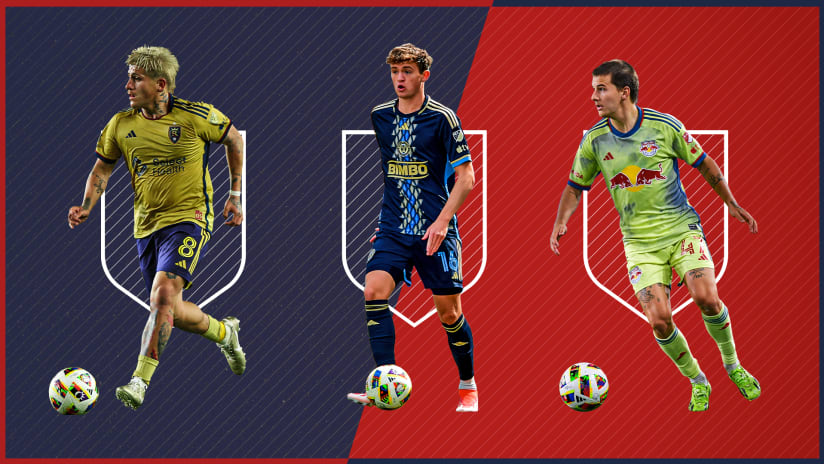MONTREAL – In 1915, police officers and firefighters started coming to work at Caserne Letourneux on Notre-Dame Street in Montreal.
Exactly 100 years later, professional soccer players and kids eager to follow their footsteps will take over the premises.
After three years of research and analysis, the Montreal Impact have purchased the historic building – as well as nearby Parc Champêtre – and will transform it into their training center, which is due to open next year, club president Joey Saputo announced on Thursday.
The Impact are set to build four training fields in Parc Champêtre, in collaboration with the City of Montreal and the Mercier–Hochelaga-Maisonneuve borough. “Discussions are advanced to finalize the agreement protocol with the borough,” a club statement said.
Montreal’s first team and Academy teams will share two natural grass fields and two artificial grass fields. The agreement protocol would allow local soccer associations to use the artificial fields, one of which the club could cover with a dome for use in the winter should the borough approve.
The club will cover the entire $10-million investment.
“The construction of a training facility was always a top priority for our club, equally important to building a soccer-specific stadium,” Saputo told reporters. “In fact, most players and coaches will tell you that it's even more important. This center will allow us to improve the club's day-to-day training environment and will be a crucial element into attracting high-level players.”
The announcement came as the Impact revealed their plans for the next three-year cycle starting in 2015. Saputo expressed satisfaction that the club has grown “tremendously” since its foundation in 1993, but recognized setbacks on and off the field.
“When we joined MLS in 2012, we strongly believed that by fielding a team in the top league, the soccer market would respond like it did in recent expansions,” Saputo said. “But that wasn’t the case. And today, we’re seeing just how fragile our market is.”
- Get the latest Montreal news at ImpactMontreal.com
The team has suffered on the field “as we seem to be searching for an identity,” Saputo said.
He also confirmed that the club is $1.8 million short of its projected attendance revenue.
In the search for profitability, the Impact created three new front office positions. The combined experience of Montreal’s new chief revenue officer, chief marketing officer and chief strategic officer comes from executive positions with Sun Media, Inbev, Imperial Tobacco and Cirque du Soleil.
The Impact also “recalled” Nick De Santis, who was relieved of his sporting director duties in July. In the new role of director of international business development, he will have the responsibility of “creating both technical and business opportunities with international clubs, agents and players,” Saputo said.
Added De Santis: “I’ll have more time when we make an investment like [Ignacio] Piatti. It’s not just about the quality of the player, it’s also the quality of the person, and you need time. When you talk about club philosophy and identify, he has to fit within that philosophy. It’ll give me more time to do that.”














